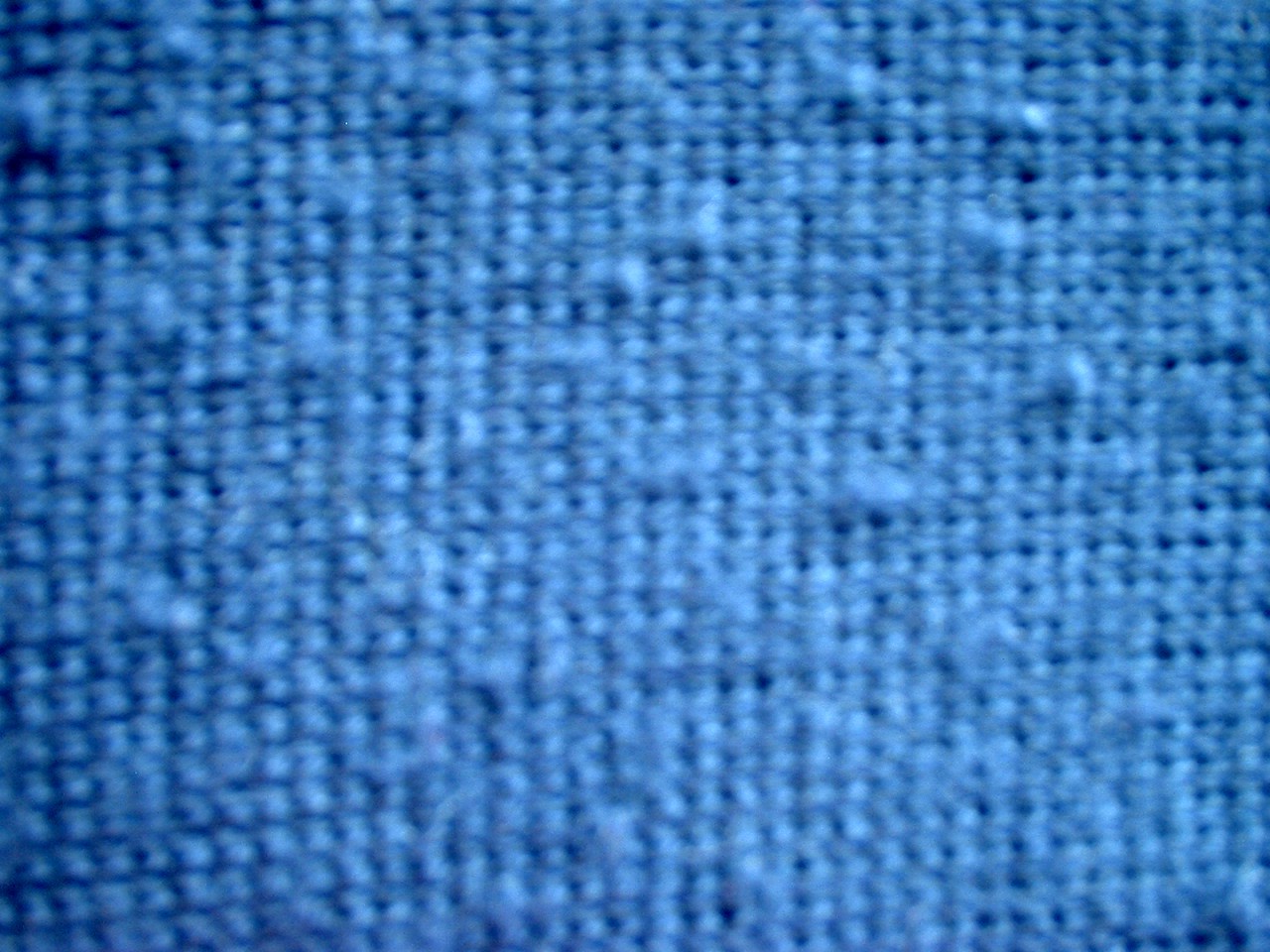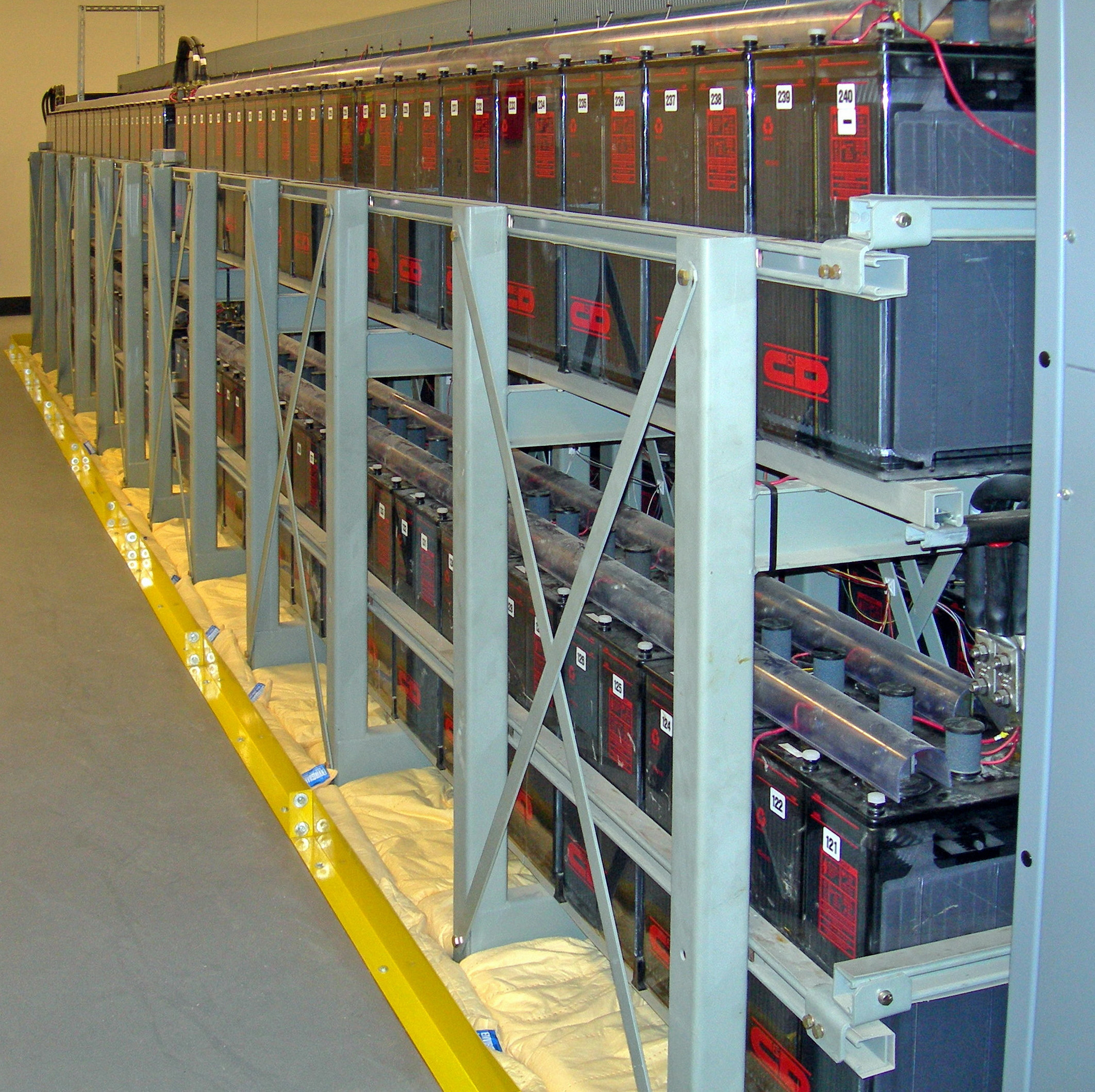|
Fabric Shaver
The fabric shaver (also known as a lint shaver or fuzz remover) is a handheld electrical device that has a rotating blade underneath a blade net. It allows users to remove Lint (material), fuzz and Pill_(textile), pills on a fabric without damaging the fabric. It can be applied on different fabric-made items such as bedding, curtain or carpet, but mostly used for removing fuzz on clothes, especially Sweater, sweaters, Hoodie, hoodies, or clothes made from wool, Angora_wool, angora or Cashmere_wool, cashmere. Fabric shavers are normally powered either by non-rechargeable dry cell, dry cells, or with an internal rechargeable battery and an external charger. To use the fabric shaver, all the user has to do is check its battery and then press the on/off button to turn on the motor. Usage A shaver is useful in removing Pill (textile), pilling formed on woolen or other clothes due to prolonged usage. References Textiles Cleaning tools Maintenance Domestic implements {{to ... [...More Info...] [...Related Items...] OR: [Wikipedia] [Google] [Baidu] |
Dry Cell
An electric battery is a source of electric power consisting of one or more electrochemical cells with external connections for powering electrical devices. When a battery is supplying power, its positive terminal is the cathode and its negative terminal is the anode. The terminal marked negative is the source of electrons. When a battery is connected to an external electric load, those negatively charged electrons flow through the circuit and reach the positive terminal, thus causing a redox reaction by attracting positively charged ions, or cations. Thus, higher energy reactants are converted to lower energy products, and the free-energy difference is delivered to the external circuit as electrical energy. Historically the term "battery" specifically referred to a device composed of multiple cells; however, the usage has evolved to include devices composed of a single cell. Primary (single-use or "disposable") batteries are used once and discarded, as the electrode m ... [...More Info...] [...Related Items...] OR: [Wikipedia] [Google] [Baidu] |
Cleaning Tools
Cleaning tools include the following: *Acoustic cleaning * Air blaster * Air knife * Besom * Broom * Brush * Building maintenance unit * Camel-hair brush *Carbon dioxide cleaning * Carpet beater * Carpet sweeper *Chamois leather * Cleret * Cyclone dust collector *Dishwasher * Dry-ice blasting * Feather duster * Floor scrubber * Floorcloth * Hataki * Hot water extraction * Ice blasting (cleaning) * Laundroid * Laundry ball *Lint remover * Melamine foam * Microfibre cloth * Mop * Mop bucket cart * NAV-{{CO2 system * Needlegun scaler * Parts washer * Peg wood * Peshtemal *Pigging * Pipe cleaner * Pith wood * Posser *Pressure washing * Propane burnisher *Pumice * Reason washing machine * Scrubber (brush) * Shaker broom vise * Silent butler * Soap shaker * Sonic soot blowers * Sponge (material) * Squeegee * Steam mop * Strigil * Swiffer * Tawashi * Thor washing machine * Tongue cleaner * Turk's head brush *Vacuum cleaner * Vacuum truck * Vapor steam cleaner * Wash rack *Washing machine ... [...More Info...] [...Related Items...] OR: [Wikipedia] [Google] [Baidu] |
Textiles
Textile is an Hyponymy and hypernymy, umbrella term that includes various Fiber, fiber-based materials, including fibers, yarns, Staple (textiles)#Filament fiber, filaments, Thread (yarn), threads, and different types of #Fabric, fabric. At first, the word "textiles" only referred to woven fabrics. However, weaving is not the only manufacturing method, and many other methods were later developed to form textile structures based on their intended use. Knitting and Nonwoven, non-woven are other popular types of fabric manufacturing. In the contemporary world, textiles satisfy the material needs for versatile applications, from simple daily clothing to Bulletproof vest, bulletproof jackets, spacesuits, and Medical gown, doctor's gowns. Textiles are divided into two groups: consumer textiles for domestic purposes and technical textiles. In consumer textiles, Aesthetics (textile), aesthetics and Textile performance#Comfort, comfort are the most important factors, while in techn ... [...More Info...] [...Related Items...] OR: [Wikipedia] [Google] [Baidu] |
Before And After Shaving
Before is the opposite of after, and may refer to: Literature * "Before" (short story) by Gael Baudino, 1996 * ''Before'' by Anna Todd, 2015 Music * ''Before'' (Gold Panda EP), 2009 * ''Before'' (James Blake EP), 2020 * "Before" (song), a 1996 song by the Pet Shop Boys * "Before", a song by the Empire of the Sun from ''Two Vines'' * "Before", a song by Anastacia from ''Evolution'' Television and film * ''Before trilogy'', by Richard Linklater ** ''Before Sunrise'', 1995 ** ''Before Sunset'', 2004 ** ''Before Midnight'', 2013 * ''Before'' (TV series), 2024 See also *Before Christ (BC), an epoch used in dating years prior to the estimated birth of Jesus *Before Common Era (BCE), an alternative naming of the traditional calendar era primarily used in academic circles *Before Present Before Present (BP) or "years before present (YBP)" is a time scale used mainly in archaeology, geology, and other scientific disciplines to specify when events occurred relative to the origin of ... [...More Info...] [...Related Items...] OR: [Wikipedia] [Google] [Baidu] |
Pill (textile)
A pill, colloquially known as a bobble, fuzzball, or lint ball, is a small ball of fibers that forms on a piece of cloth. ''Pill'' is also a verb for the formation of such balls."Pill." ''The Oxford English Dictionary''. 2nd ed. 1989. Pilling is a surface defect of textiles caused by wear, and is generally considered an undesirable trait. It happens when washing and wearing of fabrics causes loose fibers to begin to push out from the surface of the cloth, and, over time, abrasion causes the fibers to develop into small spherical bundles, anchored to the surface of the fabric by protruding fibers that have not broken. The textile industry divides pilling into four stages: fuzz formation, entanglement, growth, and wear-off. Pilling normally happens on the parts of clothing that receive the most abrasion in day-to-day wear, such as the collar, cuffs, and around the thighs and rear on trousers. Causes All fabrics pill to some extent, although fibers such as linen and silk pill ... [...More Info...] [...Related Items...] OR: [Wikipedia] [Google] [Baidu] |
Part Of Unix Fabric Shaver Blades
Part, parts or PART may refer to: People *Part (surname) *Parts (surname) Arts, entertainment, and media *Part (music), a single strand or melody or harmony of music within a larger ensemble or a polyphonic musical composition *Part (bibliography), a sub-division of a volume or journal * ''Parts'' (book), a 1997 children's book by Tedd Arnold *Character (arts), in acting, a person or other being in a performed narrative Transportation *Pottstown Area Rapid Transit (PART), Pennsylvania, U.S. * Putnam Area Rapid Transit (PART), New York, U.S. *Piedmont Authority for Regional Transportation (PART), North Carolina, U.S. Other uses *Part (mathematics) or Mereology, the study of parts and the wholes they form *Part-of, the semantic relation of a part to the whole specific to linguistics *Spare part, an interchangeable part used for repair *Part number, identifier of a particular part design in engineering *Part (haircut), a hairstyle *Parts of Lincolnshire, geographic divisions of the ... [...More Info...] [...Related Items...] OR: [Wikipedia] [Google] [Baidu] |
Rechargeable Battery
A rechargeable battery, storage battery, or secondary cell (formally a type of energy accumulator), is a type of electrical battery which can be charged, discharged into a load, and recharged many times, as opposed to a disposable or primary battery, which is supplied fully charged and discarded after use. It is composed of one or more electrochemical cells. The term "accumulator" is used as it accumulates and stores energy through a reversible electrochemical reaction. Rechargeable batteries are produced in many different shapes and sizes, ranging from button cells to megawatt systems connected to stabilize an electrical distribution network. Several different combinations of electrode materials and electrolytes are used, including lead–acid, zinc–air, nickel–cadmium (NiCd), nickel–metal hydride (NiMH), lithium-ion (Li-ion), lithium iron phosphate (LiFePO4), and lithium-ion polymer (Li-ion polymer). Rechargeable batteries typically initially cost more tha ... [...More Info...] [...Related Items...] OR: [Wikipedia] [Google] [Baidu] |
Cashmere Wool
Cashmere wool, usually simply known as cashmere, is a fiber obtained from cashmere goats, Changthangi, pashmina goats, and some other breeds of goat. It has been used to make yarn, textiles and clothing for hundreds of years. Cashmere is closely associated with the Kashmir shawl, the word "cashmere" deriving from an anglicization of ''Kashmir'', when the Kashmir shawl reached Europe in the 19th century. Both the soft undercoat and the guard hairs may be used; the softer hair is reserved for textiles, while the coarse guard hair is used for brushes and other non-apparel purposes. Cashmere is a hygroscopic fiber, absorbing and releasing water from the air based on the surrounding environment. This helps regulate the body in both warm and cool temperatures. A number of countries produce cashmere and have improved processing techniques over the years, but China and Mongolia are two of the leading producers as of 2019. Afghanistan is ranked third. Some yarns and clothing marketed as ... [...More Info...] [...Related Items...] OR: [Wikipedia] [Google] [Baidu] |
Lint (material)
Lint is the common name for visible accumulations of textile fibers, hair and other materials, usually found on and around clothing. Certain materials used in the manufacture of clothing, such as cotton, linen, and wool, contain numerous, very short fibers bundled together. During the course of normal wear, these fibers may either detach or be jostled out of the weave of which they are part. This is the reason why heavily used articles, such as shirts and towels, become thin over time and why such particles accumulate in the lint screen of a clothes dryer. Because of their high surface area to weight ratio, static cling causes fibers that have detached from an article of clothing to continue to stick to one another and to that article or other surfaces with which they come in contact. Other small fibers or particles also accumulate with these clothing fibers, including human and animal hair and skin cells, plant fibers, and pollen, dust, and microorganisms. Etymology The etymolo ... [...More Info...] [...Related Items...] OR: [Wikipedia] [Google] [Baidu] |
Angora Wool
Angora hair or Angora fibre is the downy coat produced by the Angora rabbit. While the names of the source animals are similar, Angora fibre is distinct from mohair, which comes from the Angora goat. The cloth produced has sometimes been named Angola fabric. Angora fibre is also distinct from cashmere, which comes from the cashmere goat. Angora is known for its softness, thin fibres, and what knitters refer to as a halo (fluffiness). It is also known for its silky texture. It is much warmer and lighter than wool due to the hollow core of the angora fibre. It also gives the wool its characteristic floating feel. Angora rabbits produce coats in a variety of colours, from white through tan, grey, and brown to black. Good quality Angora fibre is around 12–16 micrometres in diameter, and can cost as much as US. It felts very easily, even on the animal itself if it is not groomed frequently. Yarns of 100% angora are typically used as accents. They have the most halo and warmth, ... [...More Info...] [...Related Items...] OR: [Wikipedia] [Google] [Baidu] |






